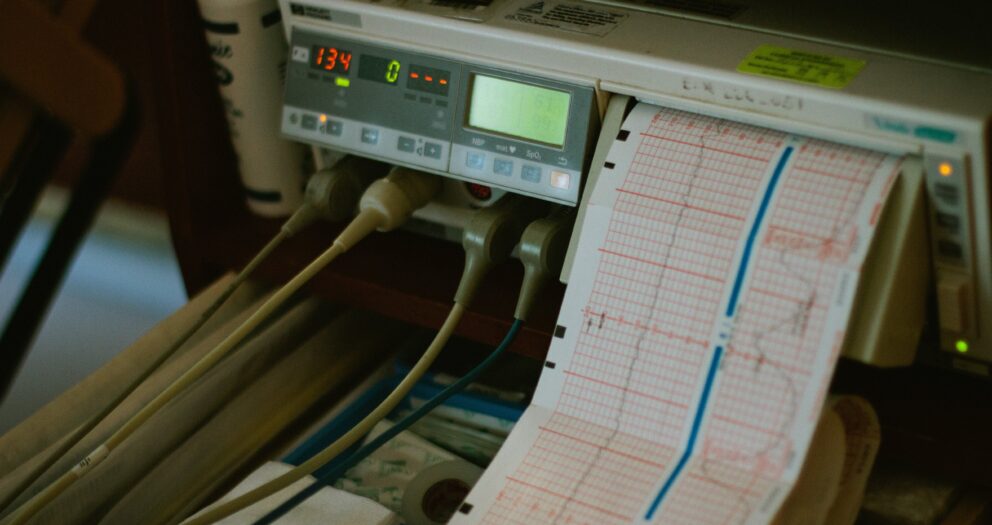Hospitals are the cornerstone of healthcare, providing critical medical services to individuals in need. To function effectively, hospitals require a wide range of hospital equipment that ensures accurate diagnoses, efficient treatments, and patient comfort.
Ranging from diagnostic equipment to communication and information technology, you should ensure your facility is adequately stocked up. In this in-depth guide, we will explore the vital hospital equipment that forms the backbone of healthcare institutions worldwide.
A Breakdown of Hospital Equipment
Hospital equipment encompasses a diverse array of tools and machines, each playing a unique role in patient care and medical procedures. From diagnostic equipment to life-saving devices, the presence of these tools can significantly impact patient outcomes.
1. Diagnostic Hospital Equipment
Effective diagnosis depends on reliable diagnostic equipment. For your health facility, the following equipment must be available:
- X-ray and Imaging Machines: X-ray machines, CT scanners, MRI machines, and ultrasound devices enable medical professionals to visualize internal structures, aiding in the detection of injuries, diseases, and anomalies.
- Laboratory Equipment: Laboratory instruments such as blood analyzers, microscopes, and spectrophotometers are essential for analyzing blood, urine, and other bodily fluids, helping diagnose diseases, and monitoring patients’ health.
- Electrocardiogram (ECG) Machines: ECG machines record the electrical activity of the heart, aiding in the diagnosis of cardiac conditions and irregularities.
2. Treatment and Life-Saving Hospital Equipment
Once a diagnosis is established, hospitals rely on the right treatment tools to provide patient care. The apparatus needed includes:
- Ventilators: Ventilators assist patients with breathing difficulties by delivering oxygen and maintaining airflow. They are critical for patients in intensive care units (ICUs) and those undergoing surgeries.
- Defibrillators: Defibrillators deliver controlled electric shocks to the heart, restoring normal rhythm during cardiac emergencies. They are essential for treating sudden cardiac arrest.
- Anesthesia Machines: Anesthesia machines administer controlled doses of anesthetics to patients undergoing surgical procedures, ensuring their comfort and safety during operations.
- Infusion Pumps: Infusion pumps deliver precise amounts of fluids, medications, and nutrients to patients, ensuring accurate dosing and continuous care.
- Surgical Instruments: A wide range of surgical instruments, including scalpels, forceps, and retractors, are indispensable for performing surgeries and medical procedures.
3. Patient Monitoring Equipment
Continuous monitoring of a patient’s vital signs is crucial for early detection of changes in health status. Essential monitoring equipment includes:
- Patient Monitors: Patient monitors track heart rate, blood pressure, oxygen levels, and other vital signs in real-time, allowing medical staff to respond promptly to any abnormalities.
- Pulse Oximeters: Pulse oximeters measure the oxygen saturation in a patient’s blood, providing valuable information about respiratory function and oxygen levels.
- Cardiac Monitors: Cardiac monitors provide continuous electrocardiogram (ECG) readings, aiding in the monitoring of heart rhythm and identifying potential cardiac issues.
4. Patient Care and Comfort Tools
Ensuring patient comfort and safety is a top priority in hospitals. Your facility needs the right equipment to facilitate care and comfort. They include:
- Hospital Beds: Adjustable hospital beds provide comfort and aid in the recovery process. Some beds are equipped with features like electronic adjustments and side rails.
- Wheelchairs and Stretchers: Wheelchairs and stretchers facilitate patient mobility within the hospital and during transportation for medical procedures.
- IV Poles and Stands: IV poles and stands hold intravenous bags and pumps, enabling patients to receive fluids, medications, and nutrients efficiently.

5. Hygiene and Sterilization Hospital Equipment
Hygiene is a basic necessity for any hospital or patient care facility. Maintaining a sterile environment is crucial in preventing infections and ensuring patient safety:
- Autoclaves: Autoclaves use steam and high pressure to sterilize medical instruments, reducing the risk of infections during surgical procedures.
- Hand Sanitizers and Dispensers: Hand hygiene is paramount in preventing the spread of infections. Dispensers with hand sanitizers should be readily available throughout the hospital.
- Sterile Clothing and Gloves: Medical professionals require sterile clothing, gloves, masks, and other protective gear to minimize the risk of contamination during procedures.
6. Communication and Information Technology
Efficient communication and data management are essential for seamless hospital operations:
- Electronic Health Record (EHR) Systems: EHR systems store and manage patients’ medical records electronically, facilitating accurate documentation and easy access to patient information.
- Communication Devices: Phones, pagers, and intercom systems enable effective communication among medical staff, enhancing coordination and response times.
- Hospital Information Systems (HIS): HIS streamline administrative processes, manage patient appointments, and help hospital staff access critical information efficiently.
Conclusion
Hospitals are intricate ecosystems that rely on a wide range of equipment to provide high-quality healthcare services. From diagnostics to treatment, patient monitoring to infection control, each category of hospital equipment plays a vital role in patient care and safety. The synergy between these tools ensures that hospitals are equipped to handle medical challenges effectively, contributing to improved patient outcomes and well-being. As a health facility, establish the full range of hospital equipment at your disposal and use them effectively for better patient outcomes.







Write a comment
Your email address will not be published. All fields are required